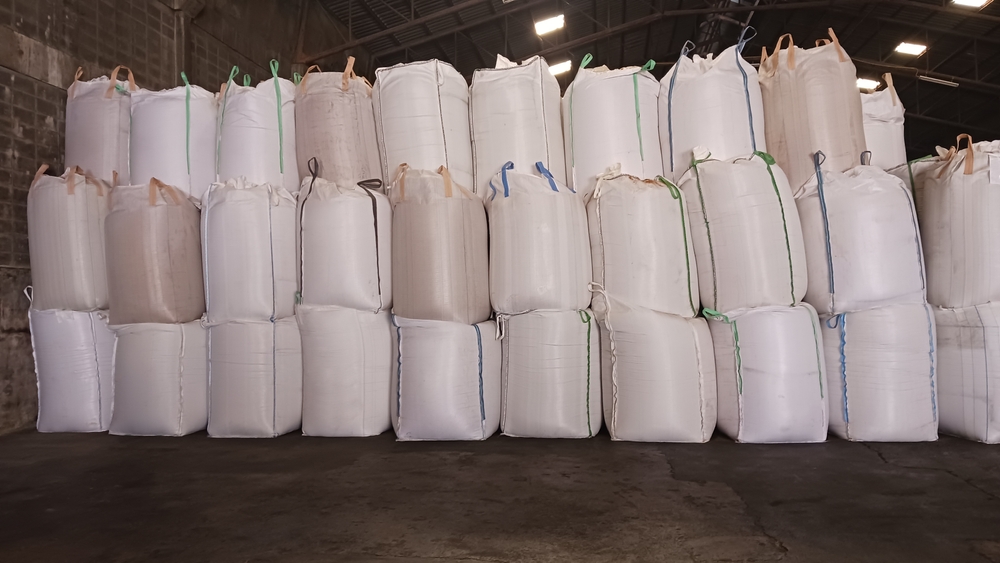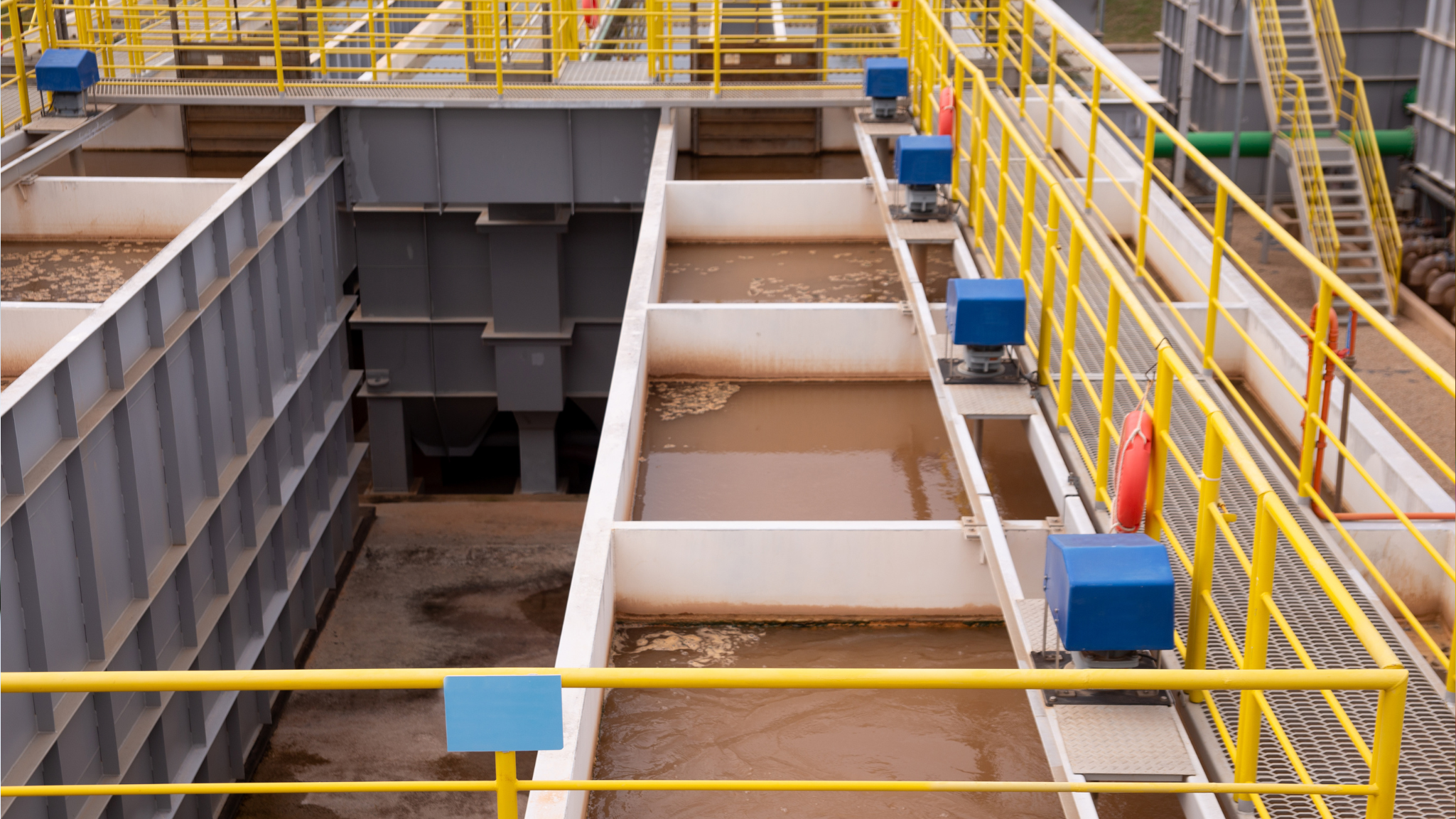The use of sodium lignosulfonate as a raw material can vary widely depending on the application. In some cases, it’s used as a primary component, like in concrete admixtures or as a surfactant, where it might make up a significant portion of the formulation, perhaps 1-3% for biomass pelleting, or even higher in some surfactant applications.
What is Sodium lignosulfonate?
Sodium lignosulfonate is a chemical compound that is commonly used in construction as a fire-resistant and waterproofing agent. It is a type of lignosulfonate, which is a class of compounds that contain a sulfonamide functional group.

Key Features and Advantages Of Sodium lignosulfonate
-Green Formula
As it is wood-derived, sodium lignosulfonate is renewably sourced and biodegradable. It is also environmentally less toxic compared to most products and can be applied near forests, wetlands, and crop fields.
-Multi-purpose Applications
The product is used on unsealed roads, construction, and industrial uses such as mining, ceramics, and pelleting of biomass. The ability of the product to perform in various conditions has caused the product to be a much-demanded product among contractors and engineers.
-Durability and Water Resistance
Sodium lignosulfonate forms a water-repelling film that prevents the mildew and mold growth on building materials like concrete, brick, and stone. As a water repellent, it extends the life of material to reduce maintenance and replacement cost in the long run.
-Dust Control and Air Quality
When used on roads or construction areas, it effectively suppresses dust to allow cleaner air and improved visibility. Not only do working conditions become cleaner, but also the surrounding communities are shielded from wind-borne particulates.
-Fire Resistance
Applied to the wood, metal, or plastic surfaces, sodium lignosulfonate reacts to heat exposure and develops a charred fire block that slows down fire spread. It provides extra protection for buildings and can make buildings code compliant to fire codes.
-Thermal Insulation
It can also be incorporated into insulation material to become more energy efficient as it is a thermal barrier, hence keeping indoor temperatures and lowering energy bills
-Sustainability and Low Carbon Footprint
Sodium lignosulfonate has been claimed for years to be eco-friendly in its production process. It is produced from lignin obtained from paper mill wastes, hence saving industrial waste and carbon emissions in general.
Challenges Sodium lignosulfonate
Weaknesses associated with using sodium lignosulfonate in construction are:
- Toxicity: Sodium lignosulfonate is poisonous if swallowed or if it is inhaled, and must be handled carefully and with adequate safety precautions.
- Unavailability: Sodium lignosulfonate might not always be readily available, especially in remote towns or rural areas, and might be more difficult to obtain for use in construction.
- Variable Cost: While low cost, the expense will vary according to market demand and local supply chains.
Conclusion
Sodium lignosulfonate is a new, eco-friendly alternative for a wide range of construction uses—from fire retardancy and insulation to dust suppression and water resistance. Its natural source and multiple functional advantages give it a higher chance of replacing more chemically based products. Potential pitfalls, i.e., toxicity and material compatibility, must be duly considered. With its safe application, sodium lignosulfonate not only enhances strength and security in buildings but also facilitates long-term sustainability goals.



